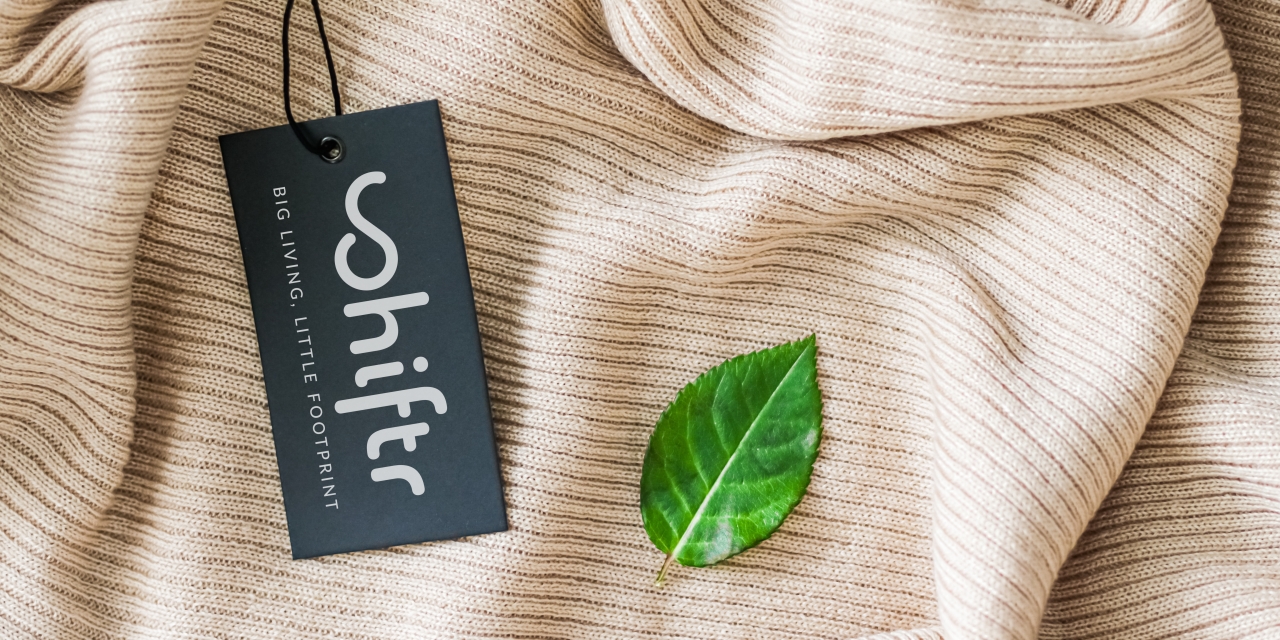Understanding the Difference Between Fabrics and Materials

The World of Fabrics and Materials
In the enchanting realm of textiles, the terms "fabric" and "material" are often used interchangeably, leading to confusion. However, they have distinct meanings that significantly impact the products we wear and cherish. Understanding the difference between fabric and material is essential for making informed decisions, both ethically and sustainably.
Fabric refers to the physical texture of a textile, while material represents the substance from which the fabric is made. To put it simply, fabric is the end product, while material is the raw ingredient. Fabrics can be pure, such as 100% cotton, or blended, containing a mix of different fibers like cotton and polyester. Knowing this distinction allows us to explore sustainable choices for each fabric and contribute positively to the fashion industry's environmental impact.
Natural Fibers
Cotton & Wool - Softness and Warmth from Nature
Venture into the world of natural fibers, where the classic duo of cotton and wool reigns supreme. Cotton, a soft and breathable fabric, is derived from the fluffy fibers surrounding the seeds of the cotton plant. Wool, on the other hand, originates from the fleece of sheep and other animals, providing warmth and comfort in a wide range of garments.
Sustainability lies at the heart of natural fibers. To make conscious choices, opt for organic or fair-trade certified cotton, which ensures minimal use of pesticides and ethical labor practices. For wool, seek out ethically sourced varieties to support cruelty-free practices and the welfare of sheep. Embracing these natural fibers not only enhances your wardrobe but also supports eco-conscious farming and animal welfare.
Linen and Hemp - Eco-Friendly Luxury
Experience the charm of eco-friendly luxury with linen and hemp, two natural fibers celebrated for their breathability and versatility. Linen, derived from the flax plant, boasts exceptional texture and is perfect for warm-weather clothing. Hemp, sourced from the Cannabis sativa plant, is known for its strength and durability.
To make sustainable choices, prioritize linen and hemp produced through organic farming methods. These eco-friendly options require minimal water and pesticides compared to conventional cotton. Furthermore, both linen and hemp are biodegradable, reducing their impact on the environment. Embrace the beauty of these fibers while supporting responsible and eco-conscious practices.
Silk - The Epitome of Opulence and Elegance
Enter the world of luxury and opulence with silk, a fabric synonymous with extravagance and sophistication. Silk is produced from the cocoons of silkworms and is renowned for its shimmering appearance and smooth feel. While traditional silk production involves killing the silkworms during extraction, ethical practices have given rise to peace silk or Ahimsa silk, allowing the worms to complete their life cycle.
To make a sustainable choice with silk, opt for peace silk or Ahimsa silk to support ethical treatment of silkworms. Another eco-friendly alternative is Tussar silk, derived from wild silkworms that do not require domestication. Embrace the elegance of silk while supporting cruelty-free practices and responsible silk production.
Synthetic Fabrics
Viscose & Tencel - Innovation Meets Sustainability
Uncover the innovation and sustainability of synthetic fabrics, starting with viscose and Tencel. Viscose, also known as rayon, is a versatile and affordable fabric made from plant-based cellulose fibers. It can be produced using various sources, such as bamboo, beech trees, or eucalyptus. Tencel, a brand of eco-friendly lyocell and modal fibers, is made from sustainably sourced wood pulp.
To make sustainable choices, opt for viscose fabrics derived from responsibly sourced raw materials. Look for certifications like FSC (Forest Stewardship Council) to ensure sustainable forestry practices. Additionally, consider exploring Tencel, a sustainable and eco-friendly alternative. Embrace these synthetic fabrics while being mindful of their impact on the environment.
Polyester & Nylon - Balancing Durability and Sustainability
Dive deeper into the world of synthetic fabrics with a focus on polyester and nylon. Polyester, widely used for its durability, wrinkle resistance, and affordability, is a petroleum-based fabric. Nylon, known for its strength and resilience, is often used for sportswear and outdoor gear.
To make more sustainable choices, consider recycled polyester, which reduces the demand for new petroleum-based raw materials. Additionally, explore bio-based alternatives to traditional nylon, made from renewable resources like corn or castor beans. Embrace the versatility of these fabrics while being mindful of their environmental impact.
Tulle - Delicate Elegance in Layers
Step into the realm of ethereal beauty with tulle, a fabric renowned for its delicate appearance and fairy-like charm. Tulle is a sheer and lightweight fabric made from various materials, including silk, nylon, or rayon. Its fine net-like structure makes it perfect for bridal wear, evening gowns, and ballet tutus.
When it comes to sustainability, making a conscious choice with tulle involves opting for eco-friendly versions. Look for tulle made from organic cotton or sustainable silk, which supports ethical and environmentally responsible practices. Avoid petroleum-based synthetic fibers like nylon or polyester, as they contribute to pollution. Embrace the elegance of tulle while ensuring you tread lightly on the planet.
The Power of Informed Choices and Supplier Communication
Empower yourself with the knowledge and awareness needed to make conscious choices when it comes to fabrics and materials. By understanding the environmental and ethical implications of different textiles, we can make informed decisions that align with our values. Engaging in open communication with suppliers and understanding the sourcing process is crucial for supporting sustainable practices.
When we choose eco-friendly and responsibly sourced fabrics, we not only support the environment but also encourage manufacturers to adopt sustainable practices. By voicing our preferences for ethically produced textiles, we can drive a positive shift in the industry, paving the way for a more sustainable and responsible future.
Weaving Sustainable Stories
In conclusion, the world of fabrics and materials is diverse and multifaceted, offering an array of choices for conscious consumers. Understanding the difference between fabric and material allows us to make ethical and sustainable decisions, minimizing our environmental impact and supporting responsible practices.
By embracing natural fibers like cotton, wool, linen, and hemp, as well as exploring sustainable alternatives such as peace silk, Tencel, and recycled materials, we can create a more positive and eco-conscious fashion industry. Let us all remember the power of informed choices and supplier communication as we weave sustainable stories with every garment we wear. Together, we can create a brighter, more sustainable future for the world of textiles and beyond.





